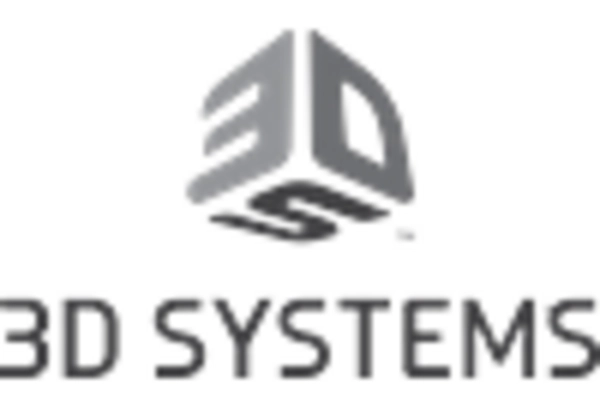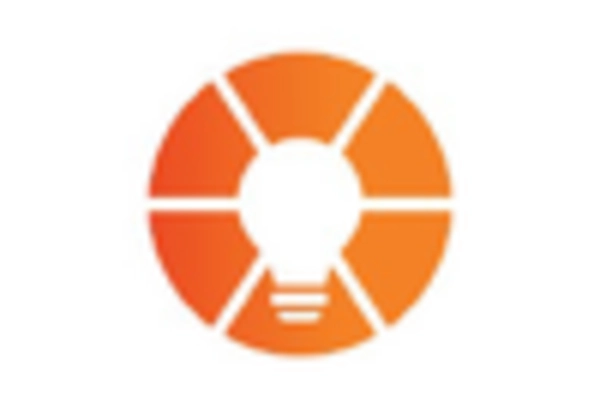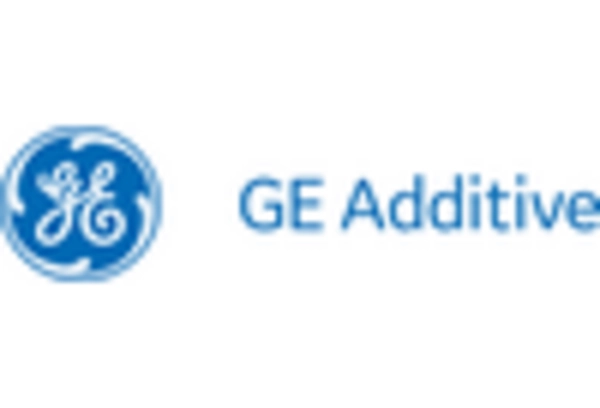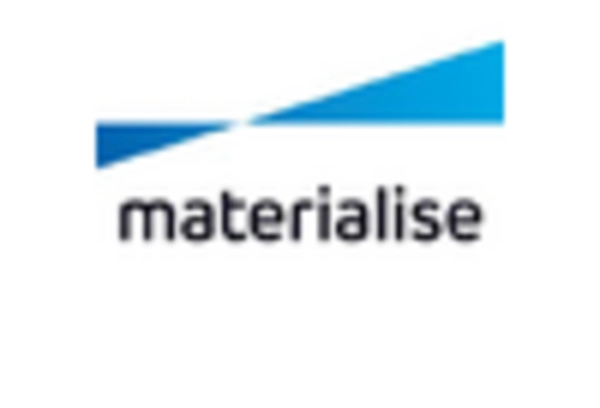Cost Efficiency
Cost efficiency emerges as a significant driver in the Additive Manufacturing in Semiconductor Industry. Traditional manufacturing methods often involve high tooling costs and lengthy production times. In contrast, additive manufacturing reduces waste and allows for on-demand production, which can lead to substantial cost savings. Reports indicate that companies adopting additive manufacturing can reduce production costs by up to 30%, making it an attractive option for semiconductor manufacturers. This financial incentive encourages more firms to explore additive technologies, thereby expanding the market and fostering innovation within the industry.
Regulatory Support
Regulatory support is becoming a crucial factor in the growth of the Additive Manufacturing in Semiconductor Industry. Governments are increasingly recognizing the potential of additive manufacturing to drive innovation and economic growth. Initiatives aimed at fostering research and development in this field are being implemented, which may include funding programs and tax incentives for companies investing in additive technologies. Such support not only encourages investment but also helps to establish standards and best practices, which can enhance the credibility and adoption of additive manufacturing in semiconductor applications.
Supply Chain Resilience
The need for supply chain resilience is increasingly recognized within the Additive Manufacturing in Semiconductor Industry. Disruptions in traditional supply chains have highlighted the vulnerabilities of relying on overseas manufacturing. Additive manufacturing offers a solution by enabling localized production, which can mitigate risks associated with long supply chains. By producing components closer to the point of use, companies can respond more swiftly to market demands and reduce lead times. This shift towards localized production is expected to reshape the semiconductor landscape, as firms seek to enhance their operational flexibility and reliability.
Technological Advancements
The rapid evolution of technology plays a pivotal role in the Additive Manufacturing in Semiconductor Industry. Innovations in materials, such as advanced polymers and metals, enhance the capabilities of 3D printing, allowing for the production of complex semiconductor components. The integration of artificial intelligence and machine learning into additive processes further optimizes production efficiency and quality control. According to recent data, the market for additive manufacturing in semiconductors is projected to grow at a compound annual growth rate of approximately 25% over the next five years. This growth is driven by the increasing demand for miniaturization and high-performance components, which additive manufacturing can effectively address.
Sustainability Considerations
Sustainability considerations are gaining traction in the Additive Manufacturing in Semiconductor Industry. As environmental concerns become more pressing, manufacturers are seeking ways to reduce their carbon footprint. Additive manufacturing is inherently more sustainable than traditional methods, as it minimizes material waste and energy consumption. Furthermore, the ability to use recycled materials in additive processes aligns with the growing emphasis on circular economy principles. Companies that adopt sustainable practices in their manufacturing processes may not only improve their environmental impact but also enhance their market competitiveness, appealing to eco-conscious consumers and investors.















Leave a Comment